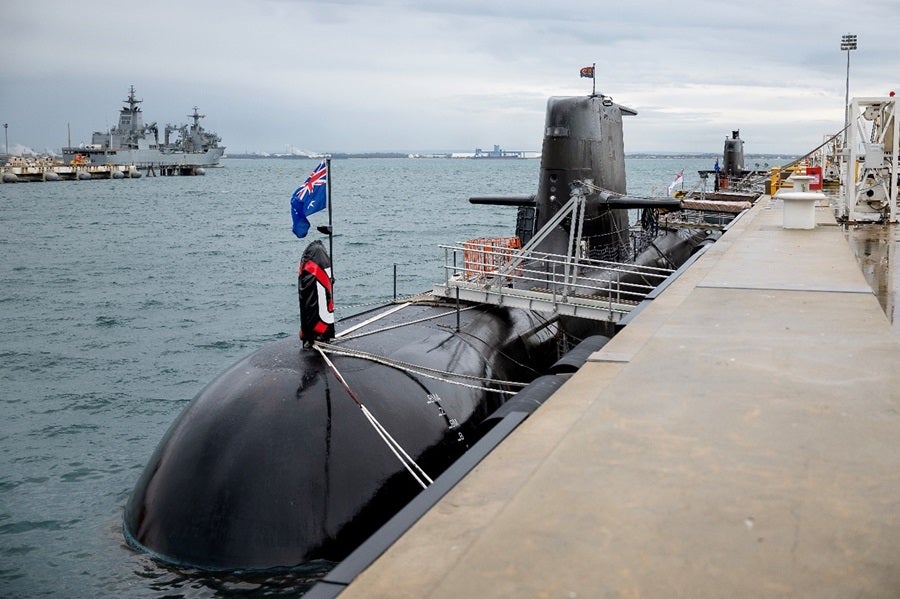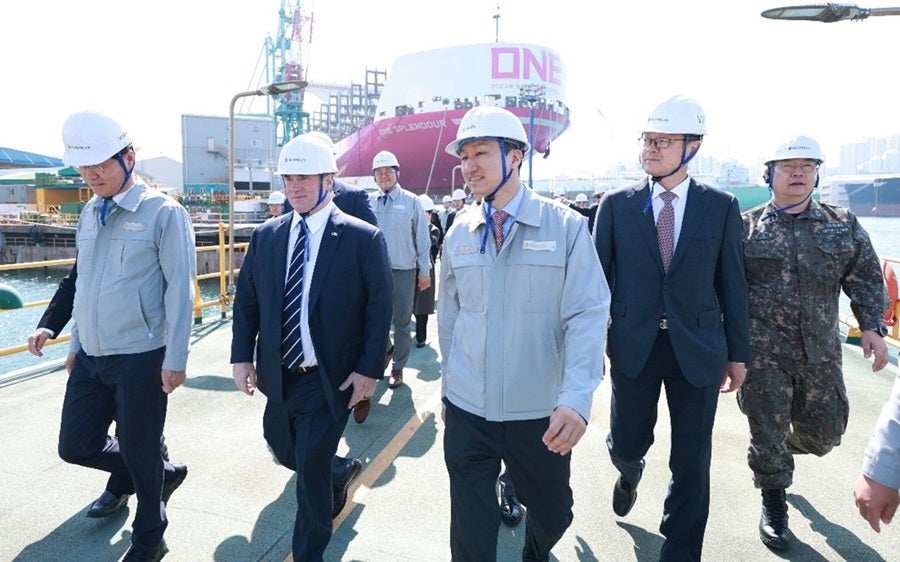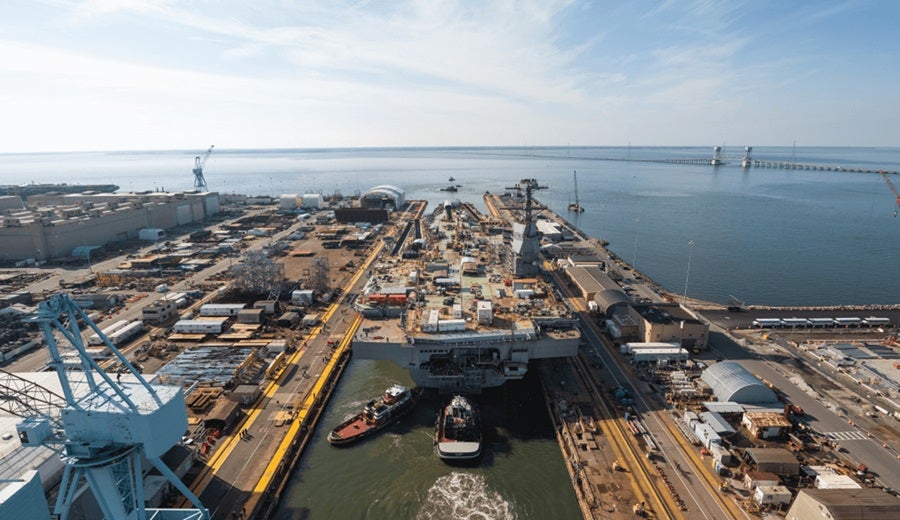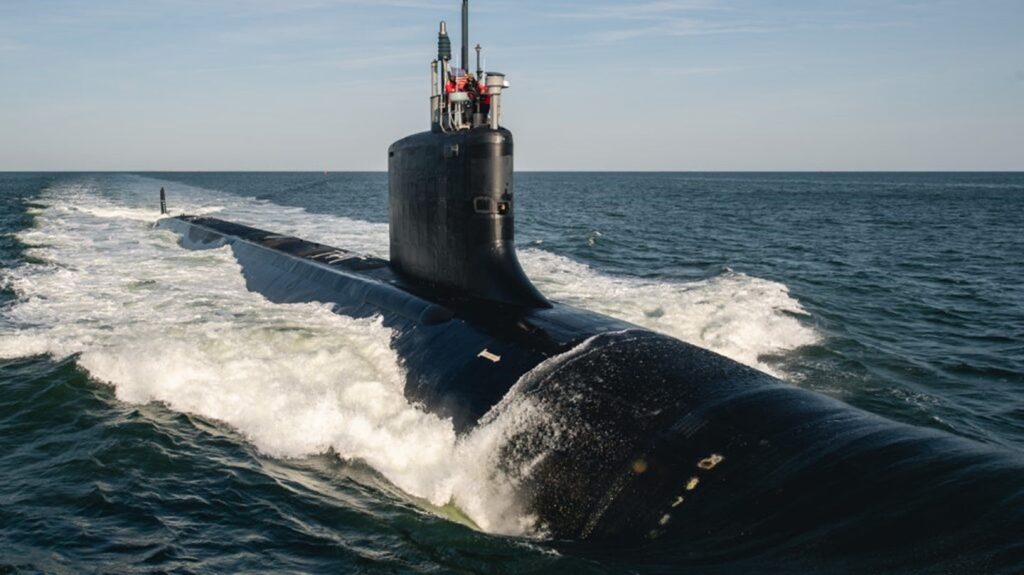
H&B Defence will lead a qualification process across Australia to identify suppliers in the country to support US Navy (USN) Virginia-class submarine and aircraft carrier build programmes.
The company is a joint venture formed between the British and American shipbuilders, Babcock and HII, in June 2024. This is the first contract H&B Defence has secured.
This organisation is designed to support Australia in its ability to build, operate, and sustain nuclear-powered fast-attack submarines (SSNs) in the future. The ongoing effort constitutes the first phase of the trilateral AUKUS alliance through which the Royal Australian Navy (RAN) will induct three USN Virginia-class SSNs – boats with 18 to 27 years each of remaining expected service life – after which the country will proceed in operating the future SSN AUKUS.
H&B Defence will serve as the delivery partner of HII’s contract to implement the Australian Submarine Supplier Qualification (ASSQ) pilot programme, designed to bolster the establishment of a self-reliant and globally connected supply chain.
With a two-year span and valued at A$9.6m ($6.1m), the scheme is aimed at expediting the integration of Australian suppliers into the US submarine industrial base.
Australia’s path to SSNs
At present, there are six nations that operate nuclear-powered submarines: China, France, India, Russia, UK, and US. The RAN currently operate six Collins-class diesel-electric submarines, first acquired in 1996 according to GlobalData, a leading data and analytics company.

H&B Defence will evaluate for competency across seven work packages in high demand to support the delivery of the first three SSNs under AUKUS. Product categories include castings and forgings, precision machining, air and gas flasks, fabricated parts, composites, and glass reinforced plastic, joinery and circuit cards.
A shortlist of suitable small and medium enterprises (SMEs) will commence in May 2025, followed by more formal technical assessments and validations.
US Navy lean on foreign shipbuilding
The US government is leaning on foreign companies for additional naval capacity, particularly in Asia-Pacific, including South Korea’s Hanwha Ocean and HD Hyundai Heavy Industries since its own industrial base faces a considerable backlog of shipbuilding and maintenance.

Australian SMEs will also support the breathless US naval industrial base through the ASSQ programme.
According to GlobalData intelligence, SSNs, alongside nuclear-powered ballistic missile submarines (SSBNs), makes up nearly 80% of the global submarine market. Among geographic segments, North America is projected to dominate the sector with a share of 44.1%.
This indicates the ambitions of US Navy strategy as the nation pivots towards the Indo-Pacific region to contest the pacing threat of China.
US industry is always behind the Navy’s procurement rate of two Virginia-class boats per year. Since 2022, the production rate has been limited to around 1.2 boats each year.
Besides the strategic capability of SSNs, the Navy also require platforms from which to deploy its capabilities at sea. For that reason, there industry are constructing more Gerald R. Ford aircraft carriers at HII’s Newport News Shipbuilding yard in Virginia. Australian SMEs will suppro ttheir construction with systems and supplies under ASSQ.

The Gerald R. Ford-class (CVN 78) are the largest aircraft carriers in the world with a displacement of 100,000 tonnes, and they are also nuclear-powered vessels.
USS Enterprise (CVN 80) is the first carrier designed and built digitally using visual work instructions on laptops and tablets rather than paper drawings.



